Have mice taken over your barn? It’s not uncommon for mice to nest and overwinter in barns. Barns are dry, dark, and offer access to food and water – everything a mouse needs to survive.
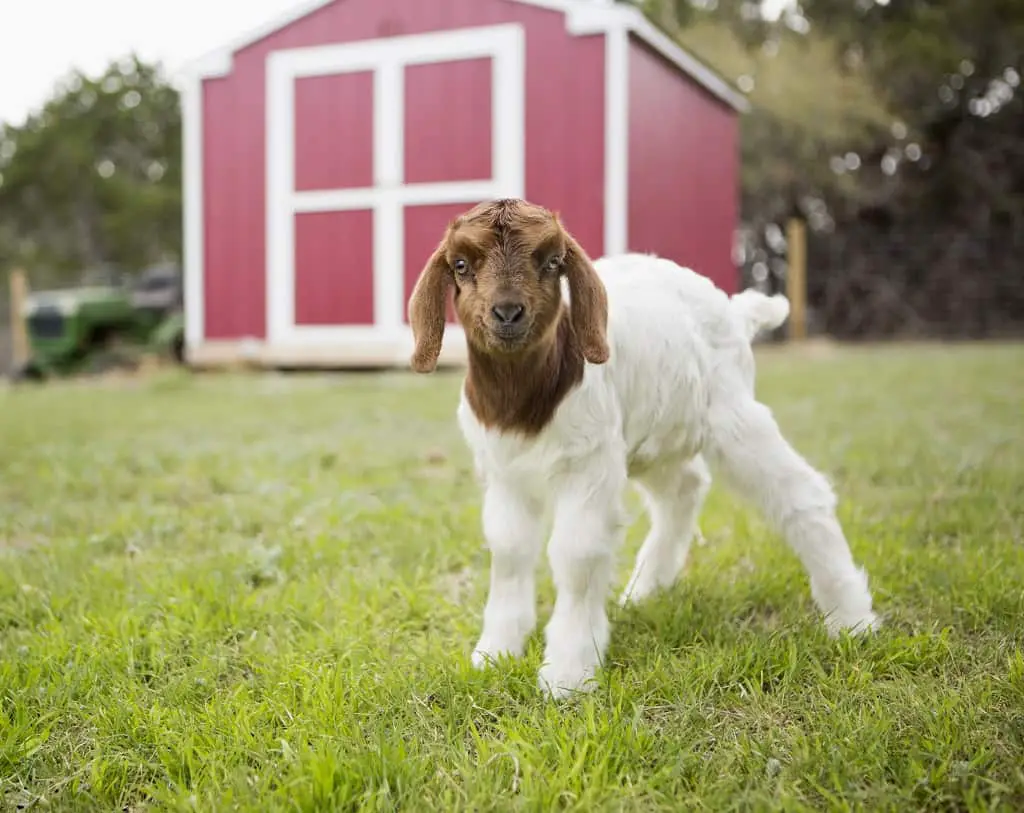
Rodent populations can easily get out of control and bring disease to your barn and farm animals. In our detailed guide, we’ll show you how to keep mice out of the barn.
Problem Areas
Mice can cause a number of problems on your farm. They gnaw through wires, carry disease, leave behind their droppings, chew holes in horse blankets, and cause other damage.
Mice can get into chicken coops and horse barns, and they can also nest in farm equipment. These rodents have been known to chew through equipment wires, leading to expensive repairs.
To keep your barn safe and healthy, it’s important to show rodents the door.
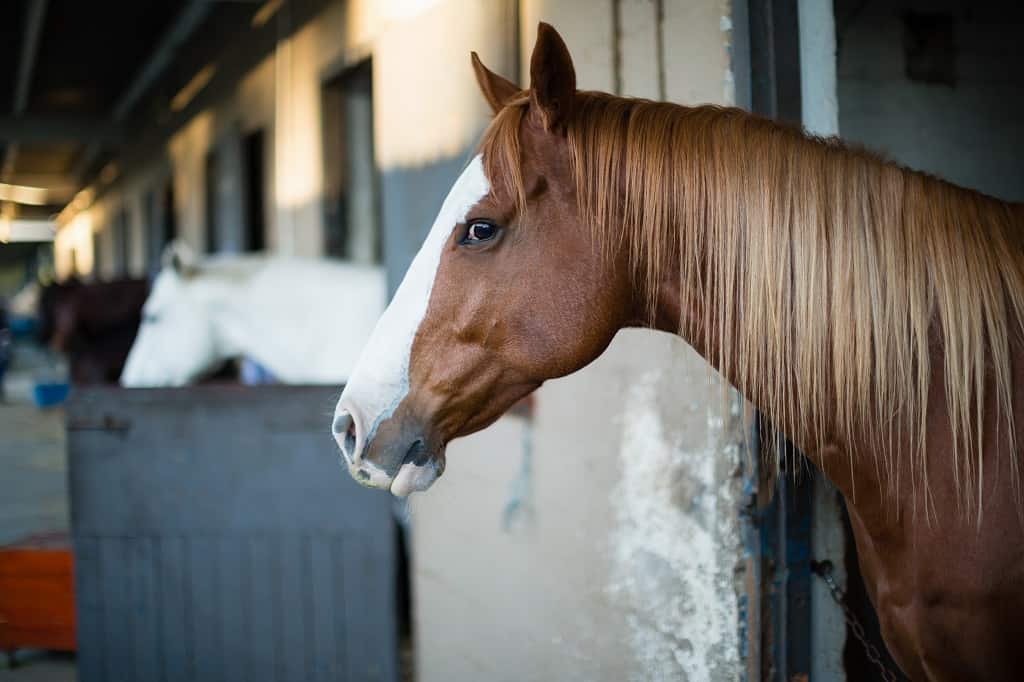
How to Control the Mice Population in the Barn
Keeping mice out of the barn is an ongoing struggle for many farm and ranch owners. And the problem can get quickly out of control.
The general rule of thumb is that there are approximately 25 mice or rats for every one that is seen.
UMass Extension
Here are seven ways to effectively keep the mice in your barn to a minimum or better yet, eliminate them entirely.
1. Storing Feed in Rodent Proof Grain Bins
Mice love to dine on grains and seeds, which is why you’ll commonly find them in chicken coops and horse barns.
Plastic and paper grain bags are no match for the resourceful and determined mouse. They’ll chew right through these materials and gorge on your grains until their heart’s content.
If you want to keep mice away, trade in your grain bags for rodent proof feed bins. Rodent proof bins are:
- Made of metal or heavy-duty plastic
- Equipped with tightly fitting lids
Make sure that the lids are always kept securely on the bins. Otherwise, mice will find a way to get inside.

2. Mouse Proofing the Barn
Mice are naturally attracted to barns because they’re dry, they have dark corners, hay is a natural nesting material, and there’s often a good supply of water and food on hand.
There are several steps you can take to make your barn less welcoming to rodents.
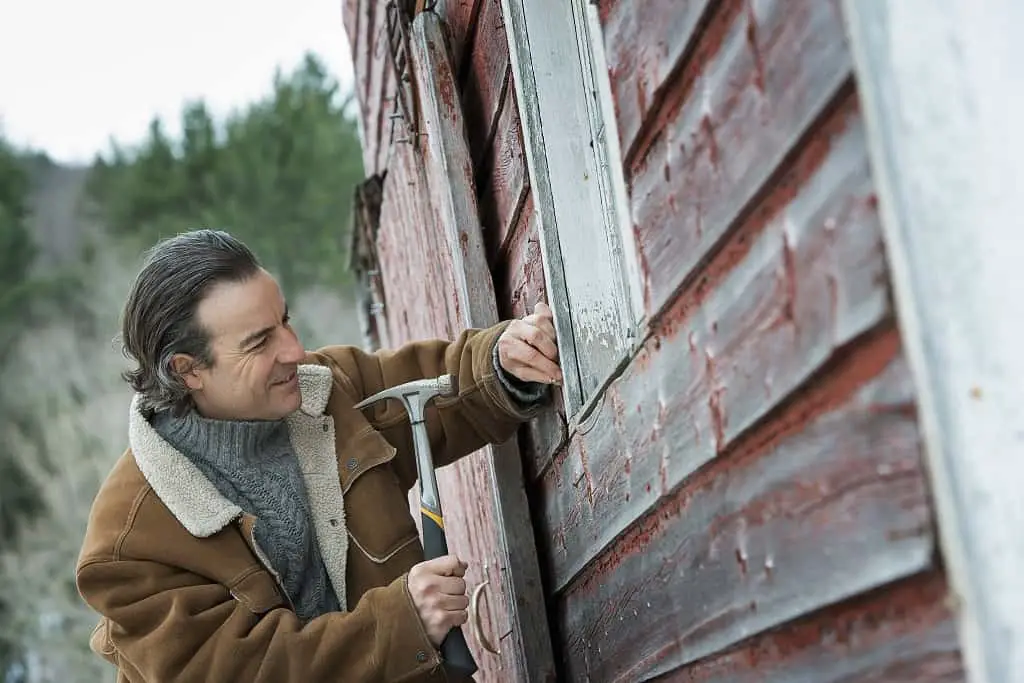
- Seal off any openings that are larger than 1/4 inch. Adult mice can fit through holes as small as a dime, so any crack or crevice can easily allow mice into your barn.
- Inspect your barn every six months for potential entryways and seal them off before rodents have a chance to get inside.
- Use metal or concrete to seal cracks and openings for utilities, pipes, and vents in your barn.
- When mouse proofing the barn door, use copy mesh or stainless steel pads to seal holes.
- Fill in large gaps around pipes using caulk, mortar, or steel wool.
- For larger openings, use 1/4″ wire mesh or aluminum flashing to seal up these openings.
- Make sure that all windows, doors, and screens are tightly fitted.
- Feed horses in tubs that are kept up off of the floor. Hanging your tubs from the stall will reduce the amount of feed that is dropped on the floor during feeding time.
- Make sure that all leg wraps, blankets, and bandages are dry and stored in tightly sealed containers.
- If you store any gardening materials in your barn, such as seeds, bone meal, bulbs, or anything of that nature, make sure that they are stored in rodent-proof containers.
3. Reduce Hiding Areas Inside
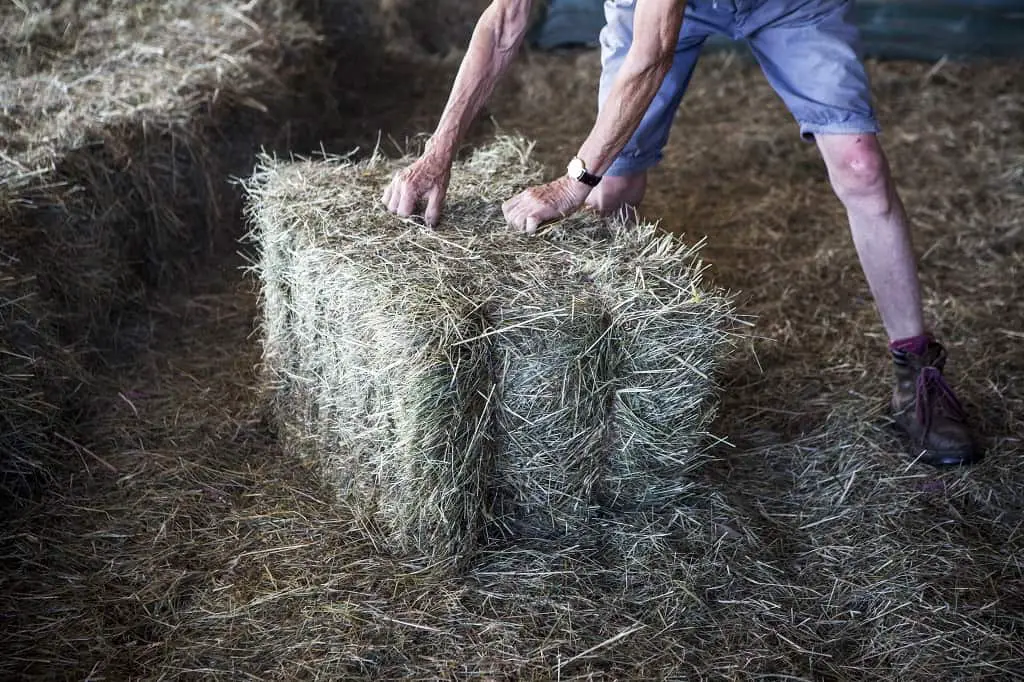
Mice love to make their homes in dark corners or debris piles. Barns, by nature, have plenty of places for mice to hide.
Keep your barn tidy.
- Sweep the floor daily.
- Keep corners clear of debris.
- Keep stalls, aisles, and storage dry and well-lit to discourage rodents from hanging around.
- Get rid of clutter, especially items that can be used for nesting materials or as food, such as newspapers and boxes.
Making sure that your barn is well-lit and free of clutter will help keep rodents away.
4. Manage the Outdoor Areas Directly Next to the Barn
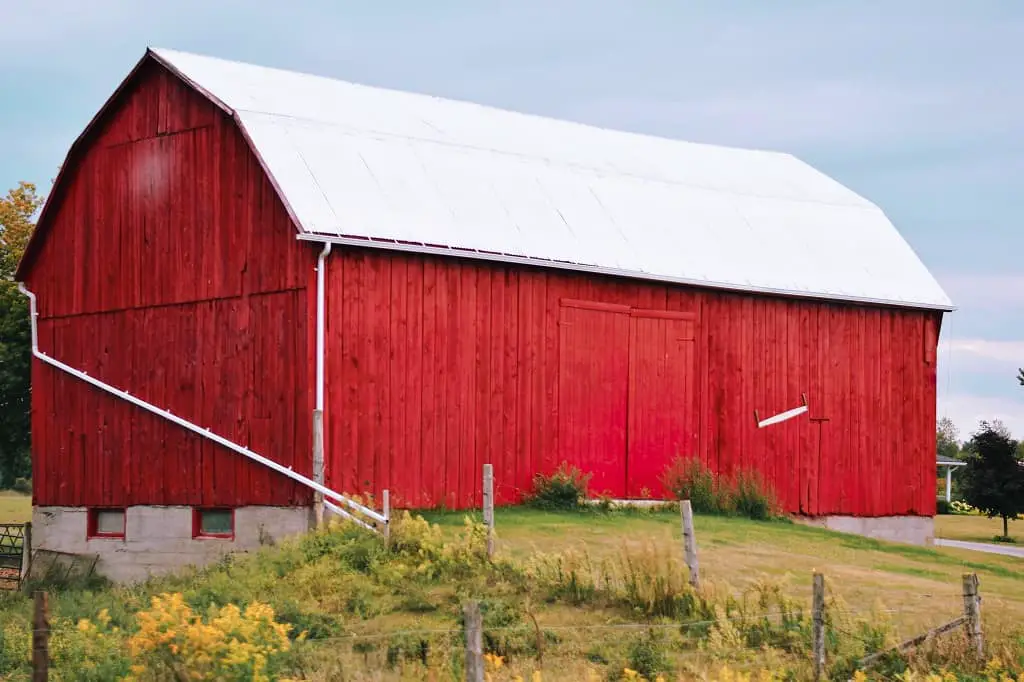
It’s just as important to keep the exterior of the barn clean and free of clutter or debris.
- Clear vegetation and tall grass along the perimeter of the barn.
- Don’t stack firewood or fencing wood along the side of the barn.
- Keep garbage cans away from the barn.
- Remove debris and any food sources.
- Keep the area outside of the barn free and clear of animal feed.
- Take the trash out regularly.
- Keep the entire perimeter of the barn free and clear of any kind of debris.
5. Barn Cats
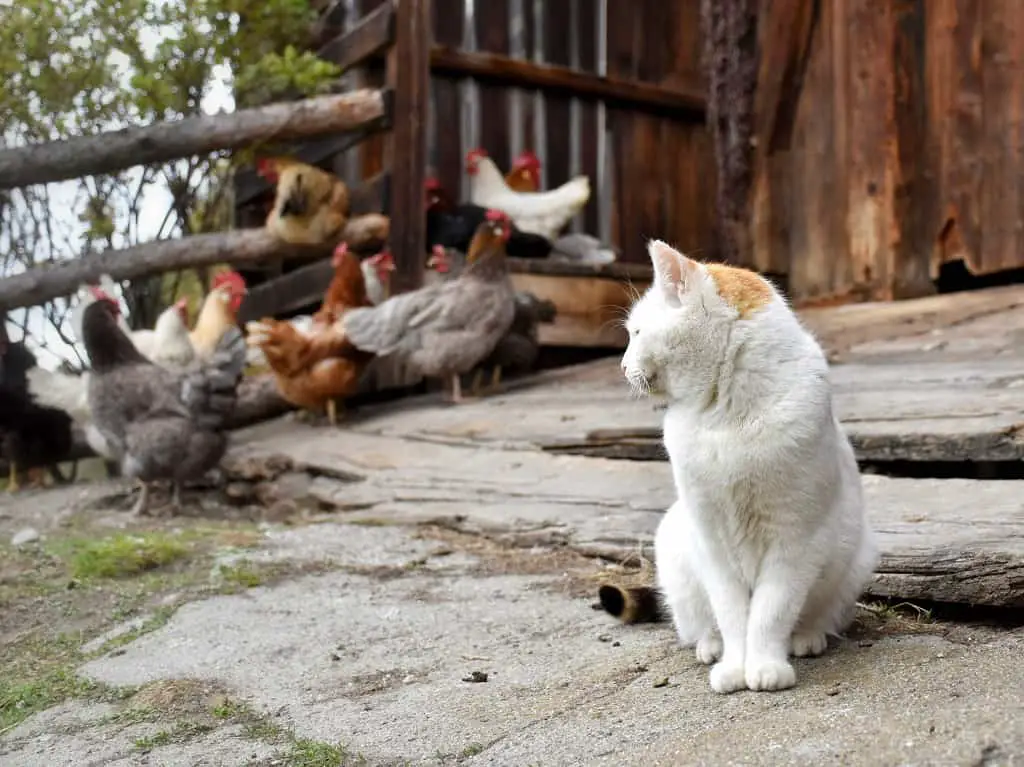
One effective way to keep mice out of your barn is to introduce a natural predator: barn cats.
Many barns give away barn cats for free, so be on the lookout for opportunities in your local area. There may also be local programs that trap feral cats and rehome them as barn cats at a very low cost.
It’s important to make sure that you’re adopting a true barn cat. A regular house cat is accustomed to eating commercial cat food and isn’t adept at hunting mice.
Barn cats, or even feral cats, still have their hunting instincts and prefer to eat mice. They’re easy and inexpensive to care for, and they can help keep the rodent population under control.
6. Attract Owls
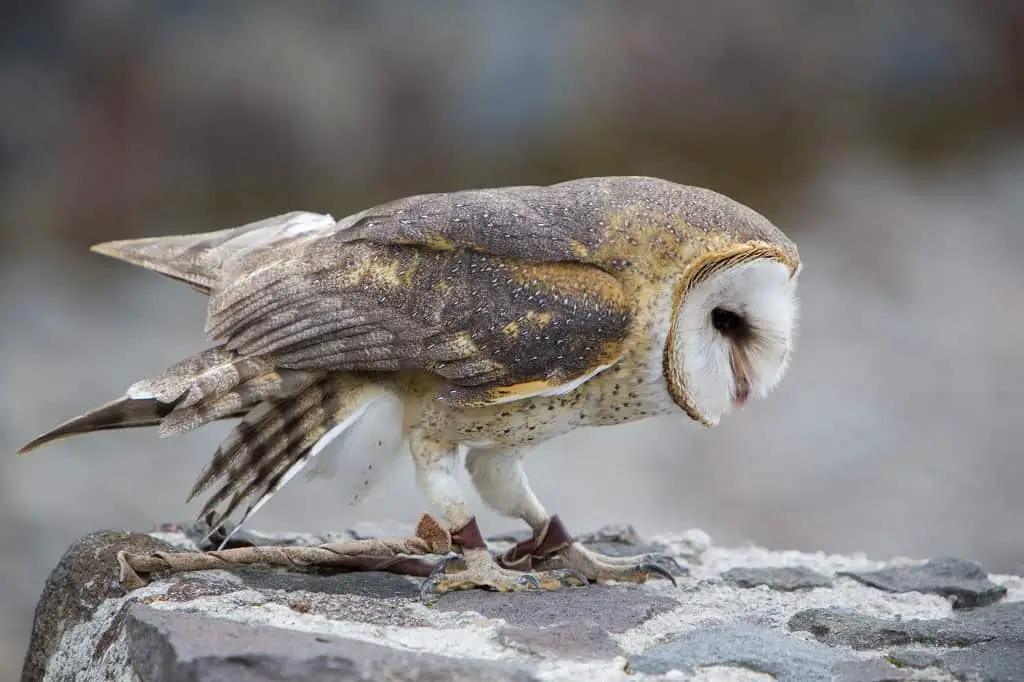
Owls are another natural mouse predator. Like cats, they hunt primarily at night. In a single evening, an owl can eat up to 12 mice.
Attracting owls to your property is a smart way to drastically reduce the mouse population in your area. Not only do they hunt mice, but they will also keep other pests away such as squirrels, rats, snakes, spiders, and voles.
7. Setting Traps
Traps are an effective way to cull the rodent population. Popular mouse trap options include:
- Snap traps
- Glue traps
- Box traps
- Poisons
Choose your trap carefully. Poisons are generally not recommended because they can poison other animals, including cats that may eat poisoned mice.
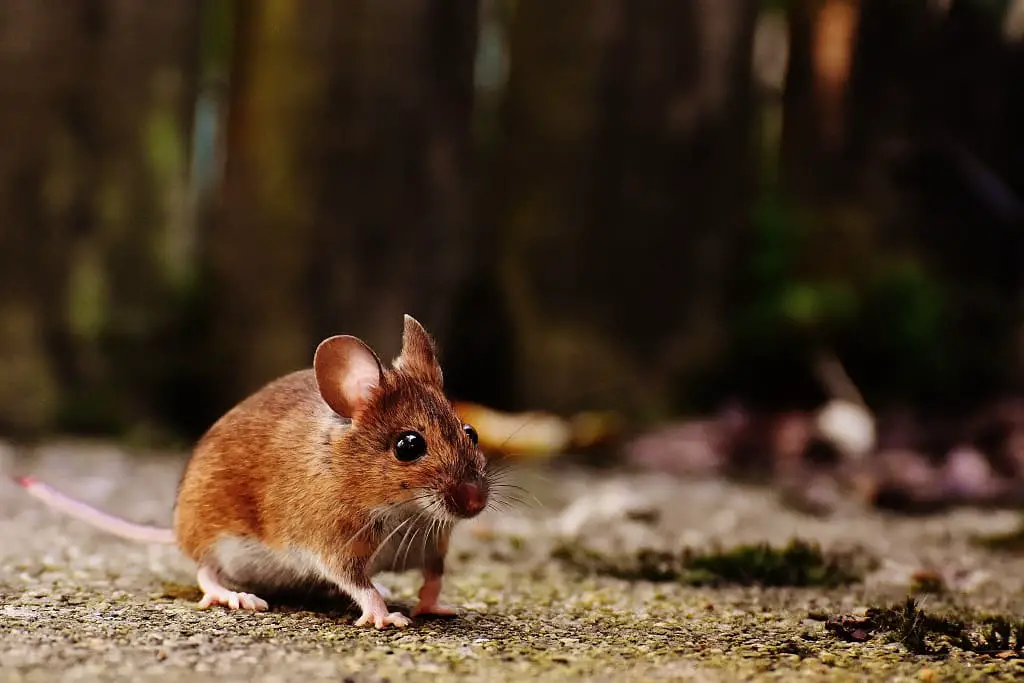
Keeping Your Barn Rodent Free
For many farmers and ranchers, learning how to keep mice out of the barn is a process of trial and error. We’ve shared some of the most effective methods for rodent proofing your barn that you can start using today.




